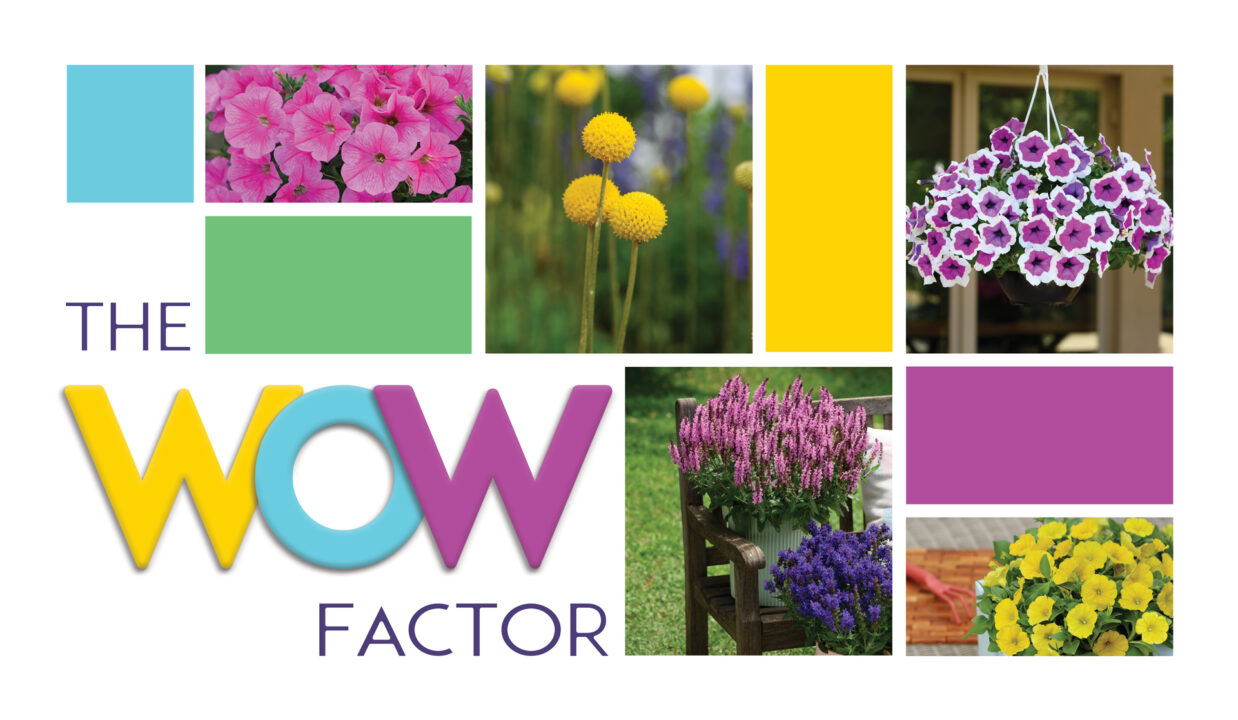Are Narrow Spectrum or Full Spectrum LEDs Better for Growing Crops?
Plant growth is driven by light, making the right lighting set-up for your crops paramount. You would think then that there would be a standard for LED setups. However, this is far from the case. LED lights come in all different strengths, colors, and combinations of the two.
This means, for commercial growers, it is imperative to find the right light for your crops.
So how do different spectrums affect plant growth and health?
Narrow Spectrum
When growing under LEDs was in its infancy, many scientists believed that only red and blue light affected photosynthesis. The idea was that chlorophyll was made of green pigments and thus have peak light absorption in the red and blue wavelengths. Therefore, for optimal results, this narrow spectrum would be the best.
However, if you look at the plant as a whole rather than just the top leaves, plants do not always do well with such a narrow spectrum. These setups also tend to flood the canopy of a crop while neglecting the lower leaves of a plant. This leads to some plants’ lower leaves dying as they cannot reach the photons at the top of the canopy.
The verdict for narrow spectrum is that it can work for certain applications, but it does not give enough support for larger crops.
Full Light Spectrum
Full spectrum lights are luminaries that emit photons from the entire spectrum range. Full spectrum can be considered a misnomer with some products.
Any well-balanced full spectrum or PAR lighting system can grow healthy, good-looking crops, but for the best results, it is often recommended to stick to spectrum composites that match the needs of their specific crops.
To learn more about how light spectrums affect crops, click here.








